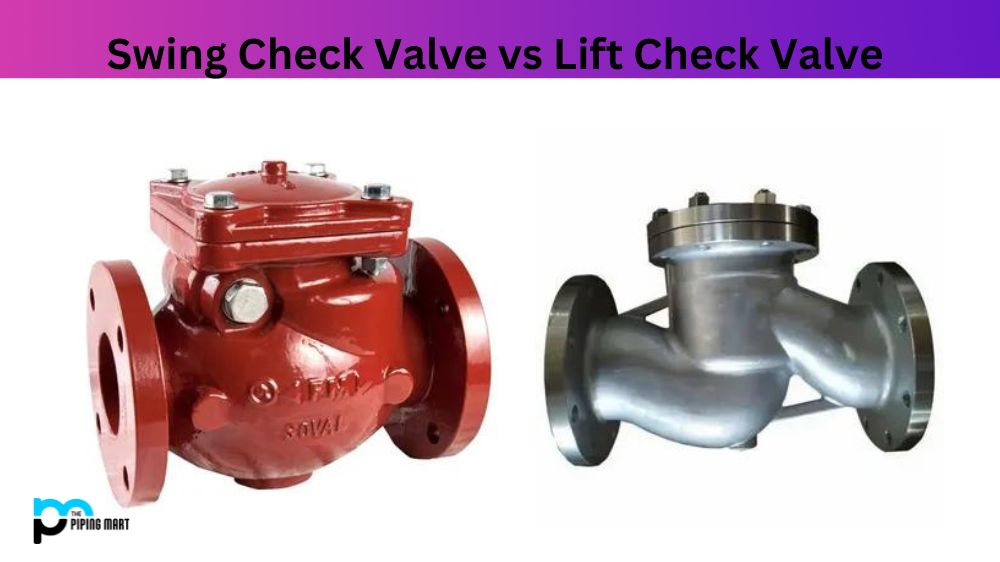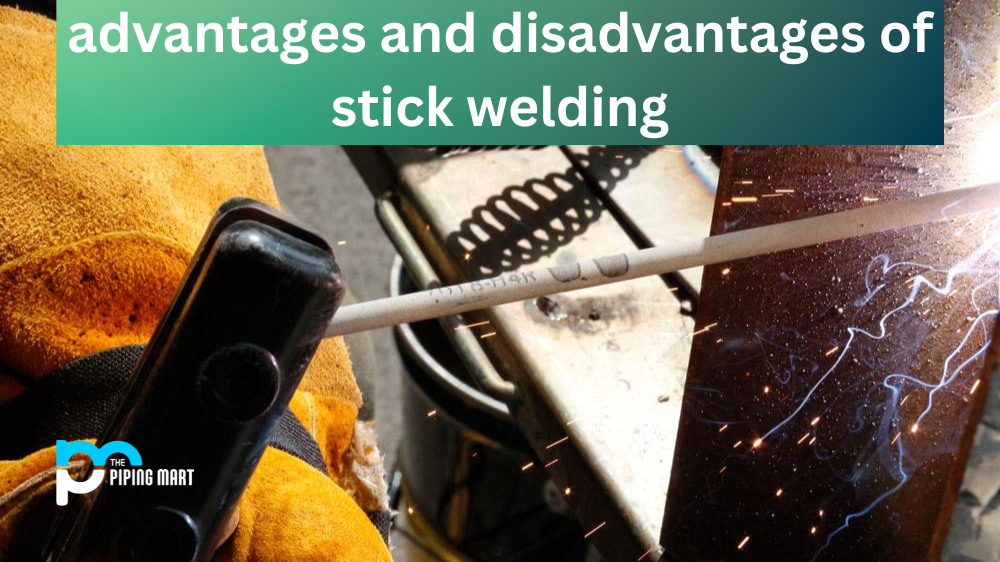Are you looking to learn more about powder metallurgy casting? Powder metallurgy is a process used to manufacture components from metallic powders. It can produce complex shapes and intricate parts with high accuracy and repeatability. In this blog post, we’ll take a look at the advantages and disadvantages of powder metallurgy casting, so you can make an informed decision when it comes to selecting powder metallurgy for your own manufacturing needs.
Advantages of Powder Metallurgy Casting
One of the major benefits of powder metallurgy is its ability to produce complex shapes that would not be possible through traditional metal casting processes. With powder metallurgy, manufacturers can create intricate parts with tight tolerances and excellent dimensional accuracy. Additionally, because the metallic powders are already in the desired shape, there is no need for additional machining or finishing work; this makes it an ideal process for cost-effective production runs. Finally, because no heat or pressure is applied during the process, there is minimal distortion or warping of the part, resulting in consistent quality every time
More Efficient
Powder metallurgy casting is a more efficient process than traditional casting methods, as it allows for the reuse of metal powders. This means that there is less waste produced during the manufacturing process, which can help to reduce costs.
Greater Strength and Durability
Powder metallurgy castings are also stronger and more durable than those made with traditional casting methods. This is due to the fact that the metal powder used in powder metallurgy is compressed under high pressure, which helps to eliminate voids and porosity.
Better dimensional accuracy
Powder metallurgy castings also have better dimensional accuracy than those made with traditional methods. This is because the metal powder used in powder metallurgy can be precisely controlled, which allows for more accurate casting.
Increased surface finish
Powder metallurgy castings also have an increased surface finish due to the fact that the metal powder used in powder metallurgy is very fine. This results in a smoother surface finish, which can be beneficial for some applications.
Greater flexibility
Powder metallurgy also offers greater flexibility than traditional casting methods, as it can be used to create complex shapes that would be difficult or impossible to create with traditional methods.
Disadvantages of Powder Metallurgy Casting
Powder metallurgy does have some drawbacks as well. For one thing, it requires specialized equipment, which can be costly to purchase and maintain. Additionally, many metals are not suitable for use in powder metallurgy because they cannot be compressed into a powdered form without losing their structural integrity; this limits the types of parts that can be produced with this method. Finally, due to its high cost-per-part ratio compared to other methods, such as injection moulding or die-casting, powder metallurgy is generally reserved for low-volume production runs where quality is more important than quantity.
Limited to Low Melting Point Metals
Powder metallurgy casting is limited to metals with low melting points, such as aluminum, zinc, and copper. This is because the powder must be melted in order to create the desired shape. Metals with high melting points, such as steel, cannot be used in this type of casting.
Shrinkage Issues
Powder metallurgy casting can also result in shrinkage issues. This is due to the fact that the metal powder shrinks when it is heated and cooled. As a result, it is difficult to create large or complex shapes using this method.
Porosity Issues
Another downside of powder metallurgy casting is that it can result in porosity issues. This occurs when voids or pockets of air are trapped within the metal during the casting process. Porosity can weaken the overall structure of the metal and make it more susceptible to breakage.
Costly Process
Powder metallurgy casting is also a more costly process than other types of casting, such as sand casting or dies casting. This is because it requires special equipment and materials, which can drive up the cost of production.
Time-Consuming Process
Finally, powder metallurgy casting is a time-consuming process. This is due to the fact that the metal powder must be heated and cooled multiple times in order to achieve the desired shape.
Conclusion:
Powder metallurgy casting has both advantages and disadvantages when compared to other metal-forming techniques, such as injection moulding or die-casting. It offers superior dimensional accuracy and repeatability with minimal distortion or warping but requires specialized equipment and typically produces higher costs per part than traditional methods. When considering whether or not to use powder metallurgy for your own manufacturing needs, it’s important to weigh these pros and cons carefully before making a decision. Ultimately, if you’re looking for superior quality components in small quantities at an acceptable cost—powder metallurgical casting may be just what you need!

Abhishek is a seasoned blogger and industry expert, sharing his insights and knowledge on various topics. With his research, Abhishek offers valuable insights and tips for professionals and enthusiasts. Follow him for expert advice on the latest trends and developments in the metal industry.




